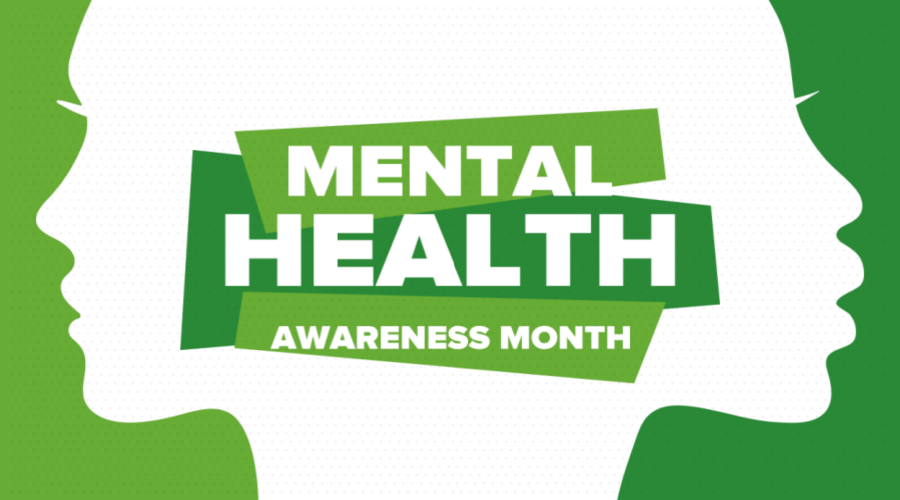Inside: Know the risks your pharmacy faces and learn practical strategies to mitigate them.
Running a business is fraught with risks. Large companies employ full-time risk management officers to anticipate any potential roadblocks, but for a small business like an independent pharmacy, risk management falls to the owner.
In order to manage risks, you have to know what they are. The U.S. Small Business Administration recommends that businesses perform a SWOT analysis to determine which risks could pose a problem.
A SWOT analysis is a tool for businesses to identify strengths, weaknesses, opportunities, and threats. If you are honest about each of these categories, the exercise can help you identify what challenges you may face and how you can mitigate them.
When your pharmacy is prepared for both internal and external risks, you should be able to ride out storms to succeed in the future. Read on to learn what risks your pharmacy is susceptible to, and what you can do to prevent them.
Internal Risks
Internal risks can also be thought of as “weaknesses.” They happen within the normal operation of your pharmacy. Here are a few internal risks that you could encounter while running a pharmacy.
Medication errors
When a pharmacy makes a medication error—whether it’s giving the patient an incorrect dose or giving them the wrong medication entirely—it can open up a world of negative consequences.
Lawsuits, criminal charges, and the loss of patients’ trust are just the beginning of a pharmacy’s woes after making a serious medication error. Fortunately, if you take proper precautions, you can reduce the chance of making mistakes with patients’ prescriptions. These include:
- Checking transcriptions carefully
- Switching to Tall Man Letters to avoid mixing up look-alike and sound-alike drugs
- Keeping your pharmacy well-organized
- Having a well-staffed pharmacy to avoid easy mistakes
HIPAA violations
The potential to violate the Health Insurance Portability & Accountability Act (HIPAA) is another risk that pharmacies run. Fines per violation can cost up to $50,000.
It’s a lot less painful to avoid racking up those fines in the first place, but that might prove difficult since the Health and Human Services Office for Civil Rights is cracking down on patient privacy. Use these methods to keep HIPAA violations from occurring in your pharmacy:
- Keep careful track of your digital data
- Design your pharmacy with patient privacy in mind
- Don’t leave prescriptions unattended
- Keep employee’s HIPAA compliance training up to date
- Dispose of trash responsibly
Substandard or counterfeit pharmaceuticals
As you search for a good deal on medications, you run the risk of acquiring pharmaceuticals that are counterfeit or substandard. These drugs may have a lower price tag, but they potentially come along with contamination, harmful ingredients, incorrect active ingredients, incorrect dosing, and more.
When you turn around and dispense these drugs to your patients, it could harm them and put your pharmacy in legal jeopardy. To avoid dispensing these illegitimate pharmaceuticals, use these strategies:
- Buy from wholesalers with VAWD certification and HDA membership
- Make sure you can trace drugs directly from the manufacturer
- Look for red flags like misspelled names or missing label information
Human risks
If they aren’t performing their jobs as best they can, your employees can become a significant risk to your business. Whether employees are stealing from the pharmacy (which is the second largest cause of shrinkage in your store) or low morale that causes performance to suffer, your pharmacy needs to have a risk management plan in place to address these human risks.
A few things you can do to ensure your employees’ performance is always up to snuff include:
- Performing background checks upon hiring
- Making a clear succession plan, so if an employee falls ill or is otherwise unable to do their job, other employees can step up
- Scheduling responsibly, so employees can keep one another accountable
Financial risks
In some ways, financial risks are just the cost of running a small business. To grow your pharmacy, you’ll have to make strategic decisions that may not always pan out in the end.
These are risks you want to take. It’s a risk to open a new pharmacy location on the other side of town, but it could end up paying off. Instead of never taking any financial chances, take these steps to insulate yourself from the worst consequences:
- Create a business plan that evaluates the opportunity and outlines the strategy
- Keep accurate and up-to-date records, so you know immediately if things are going south
- Limit your loans, and fund new endeavors without loans whenever possible
External Risks
External risks come from outside your pharmacy, and they can also be thought of as “threats.” These can often be unpredictable, and unlike internal risks, pharmacy owners have no control over them. That doesn’t mean that pharmacies can’t be ready for external risks when they do happen. Knowing what these risks are and how you’ll address them can go a long way in mitigating their consequences.
Market changes
An economic downturn can have an outsized effect on small businesses. During the Great Recession a decade ago, bankruptcies by small businesses rose 74 percent.
Taking precautions while the economy is still performing well can help to insulate the impact of a downturn. Here are a few steps you can take:
- Have a financial lifeline waiting in the wings, whether that’s a robust savings account or a line of credit
- Keep your accounts receivables low so you’re not scrambling to collect when the situation becomes dire
- When a downturn does hit, don’t panic—the average recession only lasts around 18 months
Regulation changes
In a highly regulated industry like pharmacy, changes in local, state, and federal laws can wreak havoc. This year saw new regulations on hazardous waste, opioid prescriptions, and more. More generally, employment laws like minimum wage and overtime laws are constantly changing.
If you don’t stay on top of these new regulations and stay compliant, you could face fines from regulatory agencies like the EPA, FDA, EEOC, or others.
- Read industry publications so new laws and regulations don’t take you by surprise
- Attend industry conferences to learn how to implement necessary changes in your pharmacy
- Hire an HR expert to help you manage personnel regulations
Robbery and burglary
As an independent pharmacy, you might be more susceptible to robbery or burglary than your chain store counterpart. A Colorado State study found that 42 percent of robbers and burglars targeted locally owned stores because they seemed like they had more security weaknesses to exploit.
Take these steps to deter would-be burglars:
- Keep an eye out for suspicious behavior like avoiding eye contact or looking for cameras
- Install an alarm system and security cameras
- Have local law enforcement conduct a security assessment
- Keep lights on even after closing
Cybersecurity risks
Small businesses are especially vulnerable to cybercrime. This can come in the form of phishing, ransomware, denial of service attacks, keylogging, and more.
After a cyber-attack, the average small- or medium-sized business will spend $1.56 million getting business operations back up to speed, according to Keeper Security’s 2018 State of SMB Cybersecurity. And that doesn’t even account for losing patients who no longer trust you with their data.
Here’s how you can lessen the damage:
- Require employees to have strong passwords
- Update your software
- Encrypt your computers and networks
- Train your employees to recognize cam emails
- Backup important business data regularly
Natural disasters
Extreme weather can also cause extreme damage. Beyond the cost of repairs, disasters can cease business operations, halting revenue for as long as it takes to get the business running again. That could come from problems as simple as an extended power outage or as complicated as flooding.
Based on your location, you probably have a good idea which natural disasters are most likely to affect your pharmacy. You won’t face a hurricane in Minnesota, but you’ll almost certainly face snow and ice storms.
Use what you know about your region to prepare for extreme weather events:
- Have an emergency preparedness plan in place to protect your employees
- Check your insurance coverage to make sure it’s up to par and will cover every kind of damage your pharmacy might face
- Plan to stay in contact with patients and vendors in case you shut down during a natural disaster
- Back up your data off-site or to the cloud to maintain your records
A Member-Owned Company Serving Independent Pharmacies
PBA Health is dedicated to helping independent pharmacies reach their full potential on the buy-side of their business. Founded and run by pharmacists, PBA Health serves independent pharmacies with group purchasing services, wholesaler contract negotiations, proprietary purchasing tools, and more.
An HDA member, PBA Health operates its own NABP-accredited warehouse with more than 6,000 SKUs, including brands, generics, narcotics CII-CV, cold-storage products, and over-the-counter (OTC) products — offering the lowest prices in the secondary market.












